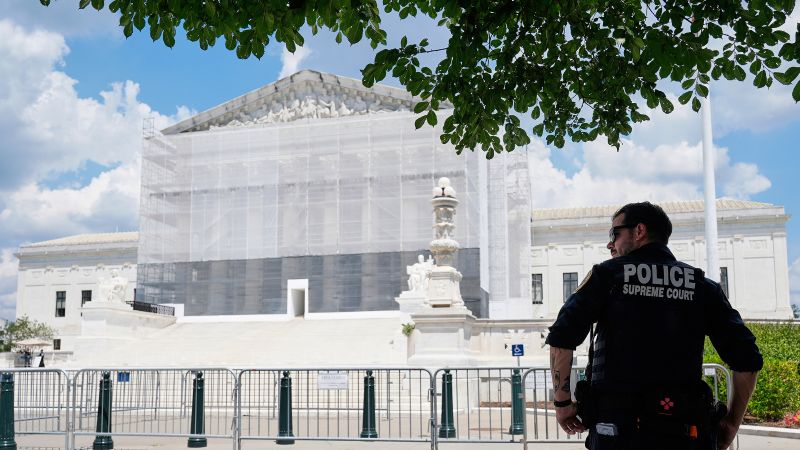In a recent development concerning reproductive rights, the Supreme Court of the United States made a significant decision regarding a Montana law that mandated individuals under the age of 18 to obtain parental consent before undergoing an abortion. The high court declined to review this law, thereby sustaining an earlier ruling from the state’s courts, which deemed the law unconstitutional. The Montana law, enacted in 2013, posed strict requirements for minors seeking an abortion, necessitating notarized written approval from a parent, thus placing considerable barriers for young individuals facing unwanted pregnancies.
The Montana Supreme Court’s decision highlighted a critical aspect of state jurisprudence—the interpretation of the Montana state constitution, which provides broader protections for reproductive rights compared to the federal Constitution. This ruling indicates a divergence in legal perspectives on abortion rights at the state versus federal level, underscoring local interpretations of privacy and autonomy concerning reproductive health.
In a brief commentary regarding the Supreme Court’s decision, Justices Samuel Alito and Clarence Thomas articulated that the technical complexities surrounding the case made it an unsuitable candidate for broad judicial review. They emphasized that the denial of review does not constitute a rejection of the legal arguments presented concerning the law’s legitimacy. This phrasing suggests a nuanced view, leaving the door open for future reconsideration of those arguments in different contexts or with clearer legal foundations.
Montana’s officials, in their appeal made in January, argued that parental authority over medical decisions—for children—should be presumed to exist. They posited that the state should not interfere in family matters unless there is tangible evidence of parental unfitness. This viewpoint reflects a longstanding legal principle regarding family autonomy and the presumption of parental rights. Conversely, Planned Parenthood challenged this assertion by underscoring that the crux of the issue lay primarily within the realm of the state constitution, rather than merely parental rights.
During the legal proceedings, the stringent nature of the Montana law was particularly noteworthy. Under its stipulations, any physician who performed an abortion on a minor without parental consent would be subject to fines and even imprisonment. However, the law did include a provision allowing minors to petition a court to “bypass” the parental consent requirement if they could demonstrate sufficient maturity and awareness about the decisions affecting their health.
Historically, the Court has been prompted to address similar issues, particularly in the wake of the landmark Roe v. Wade decision in 1973, which established the constitutional right to an abortion. In cases such as Planned Parenthood of Central Missouri v. Danforth, aspects of parental consent laws were struck down as they posed barriers to the exercise of constitutionally protected rights. Furthermore, a 1979 ruling invalidated a Massachusetts statute because it did not facilitate a bypass option for minors.
With the overturning of Roe by the Supreme Court in 2022 through the Dobbs v. Jackson Women’s Health Organization case, states like Montana have argued for greater leeway to enact laws in line with changing legal landscapes. Montana’s officials argued that the Dobbs decision strengthened their case, as it underscored the authority of individual state constitutions to define rights related to abortion, akin to how Roe had done at the federal level.
The Montana Supreme Court’s ruling underscored the principle that minors possess fundamental rights to privacy, which encompasses their autonomy in making healthcare decisions. The court articulated that this right exists independent of parental consent, thus presenting a legal framework that protects minors’ interests in reproductive matters and asserts their capacity to make such consequential decisions in conjunction with healthcare providers.
Ultimately, this matter remains emblematic of a broader and ongoing national debate regarding reproductive rights, parental authority, and the extent of governmental involvement in personal healthcare decisions, raising critical questions about the balance of rights and responsibilities at both state and federal levels.











